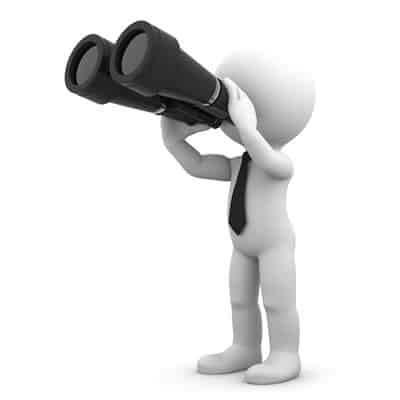Part 4: Onboarding – Retained Executive Search vs. Contingency Recruiting
Retained Executive Search vs. Contingency Recruiting: Where’s the Finish Line?
Can you hire talented performers yourself? Aren’t they all on the Internet? When should you use a professional recruiter — and which kind?
This series of articles will help you choose.
PART 4 OF 4 – IMPROVING THE ODDS OF SUCCESS WITH ONBOARDING
A major change in the executive search process has been taking place over the last few years.
The objective of a search mandate, especially retained search, is no longer just to locate and hire the most appropriate person. Search firms increasingly take it upon themselves to extend their services to increase the likelihood that this is, indeed, the best person.
These supporting services will both precede and follow the decision to hire. Prior to making an offer, a candidate today will be subject to exceedingly complex psychometric assessments. After he’s hired, chances are he/she will be subject to very specific coaching, often called “onboarding.
Here at Cornerstone Kansas City, we believe strongly in onboarding and offer customized courses by experienced and highly trained specialists. It is an important element in our corporate philosophy of Attract-Retain-Develop.
So what exactly is “onboarding” and why has it become so important.
40% of new hires fail
The importance is summed up in the findings of a Financial Times survey a year or two ago, to the effect that 40% of new executives fail within 18 months. Since the candidate was hired (usually) after an exhaustive process that confirmed experience and credentials, the implication is that these attributes did not come fully into play after the executive joined the firm.
Further research has confirmed that culture fit, or compatibility, is frequently the issue. Hard to assess in advance, the comfort level of the hired executive with his new colleagues – and vice versa – turns out to be a rocky shore on which the voyage founders.
Onboarding addresses this by coaching the hired candidate specifically on issues important to the company he or she has joined. Many search firms will also consult and comment on the corporate environment if they see issues that could be better managed with relation to the new person.
A normal program will last six months. This is seen as the period after which the Board and CEO expect the new executive to be contributing to the bottom line.
Coaching tools include situation analysis, stakeholder map, mission/vision/strategy map, leadership message and culture-creating communication plan. We also pay attention to the communications themselves, since opinions are formed quickly in such situations and unfavorable impressions take time to correct.
Onboarding programs are an additional cost to the hiring company but are widely seen as a wise investment in accelerating the development of the candidate. Search firms recognize this and many offer longer guarantee terms when the search mandate also includes onboarding.
Part 1: Making the Decision
Part 2: When to Use Which Process
Part 3: What You Get in a Retained Search
Part 4: Improving the Odds of Success with Onboarding
ABOUT
This four-part series first appeared on the Cornerstone Kansas City website and includes material originated by The Association of Executive Search Consultants.
The AESC is the professional association representing retained executive search consulting firms worldwide. Retained search firms that are members of the AESC are bound by a Code of Ethics and Professional Practice Guidelines.


